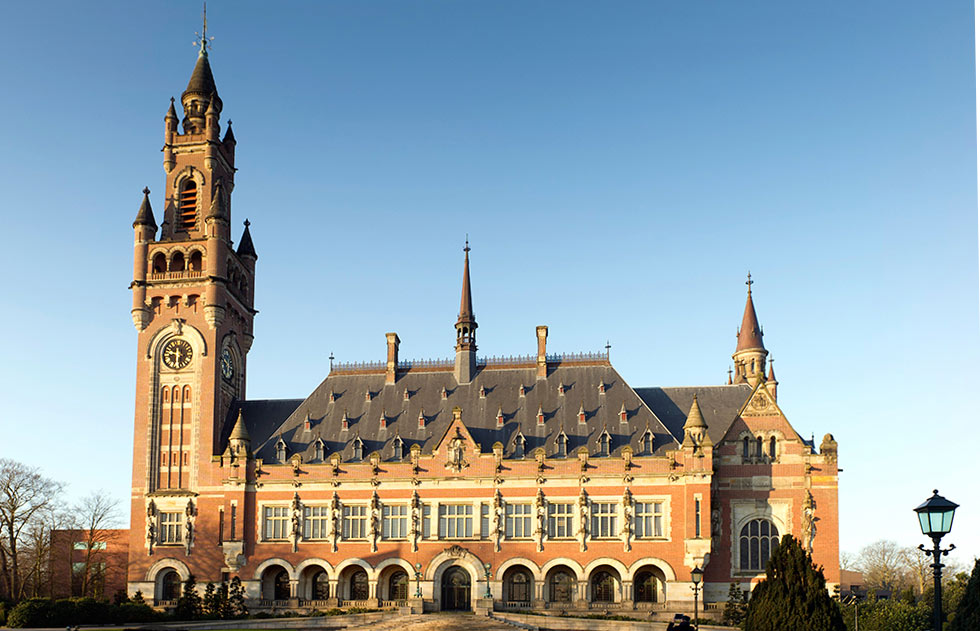A historic decision adopted by International Court of Justice with the order of 26 January 2024 with which the Court of The Hague accepted, at least in part, the request for precautionary measures invoked by South Africa which presented an appeal for the possible violations by Israelin the Gaza Strip, of the Convention for the Prevention and Suppression of crime of genocide of 1948 (Order).
First of all, the Court established jurisdiction prima facie on the dispute between the two states, both parties to the Convention. Having verified that a dispute exists under the Convention, the Court moved on to examine the need to adopt the precautionary measures requested by South Africa. The Court has, firstly, found that the Palestinians living in the Gaza Strip can be configured as a group within the meaning of the Convention and must, therefore, be protected from acts of genocide because there is a risk of irreparable and imminent harm which requires the adoption of precautionary measures. There population of Gaza – writes the Court – is found in one situation of extreme vulnerability which could last for many months as reflected in the statements of Israeli Prime Minister Benjamin Netanyahu who declared that operations in Gaza could continue into 2025.
Consequently, since there is a risk that the catastrophic humanitarian situation could worsen until the moment in which there is a ruling on the merits, the Court accepted, at least in part, the request for precautionary measures (six). Under the Court’s order, Israel is required to prevent the commission of acts prohibited by Article 2 of the Convention and to prevent its military from committing those acts. Furthermore, Tel Aviv must prevent and punish incitement to genocide and take measures to ensure humanitarian assistance and preserve evidence. From the moment of adoption of the ordinance, Israel must submit, within one month, a report on the implementation of the precautionary measures which, it should be remembered, are binding. However, the request for a ceasefire was rejected, while the Court asked all parties to the conflict to respect international humanitarian law. Furthermore, although not in the dispositive part, the Court requested the immediate and unconditional release of the Israeli hostages still in the hands of Hamas.
Which statements of the judges Dec. Nolte, Dec. Bhandari, XUE, Barak., and the sole dissenting opinion of Justice Sebutinde.
The game on precautionary measures is not yet closed because the South Africaon the basis of Article 75 of the Rules of Court, thus submitted a request on 12 February new request to the International Court of Justice in which, following the Israeli offensive in the city of Rafah, he again asked the Court to intervene with extreme urgency (South Africa). Israel, for its part, contested, with observations filed on 15 February (Israel), South Africa’s request also on a procedural level. In particular, according to Tel Aviv, the use of Article 75 of the Rules of Court which deals with the right of the Court to indicate precautionary measures is incorrect proprio motu and not at the request of the parties. Furthermore, Israel believes that the very fact that the International Court of Justice did not accept the ceasefire request implies recognition of Israel’s right to self-defense following the Hamas attack on 7 October.
